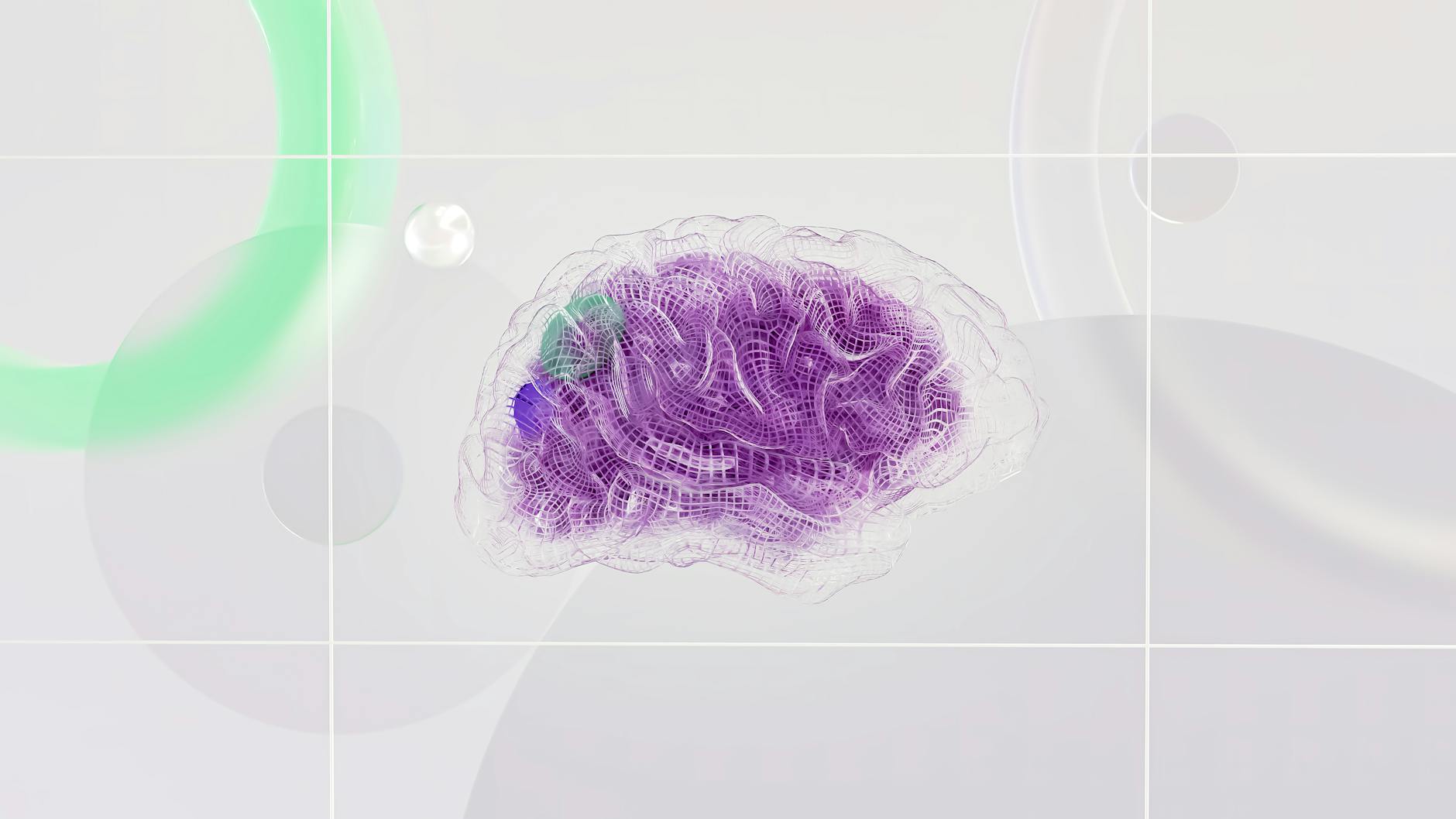Intro
Imagine you’re in a dream—an intricate dance of activity, often bursting with vivid creativity, while other times blocking logical reasoning, letting surreal landscapes unfold without question. In many ways, artificial intelligence (AI) transformer models operate like a dreaming mind. They excel at generating rich, detailed content, yet sometimes struggle with maintaining logical consistency, much like our dreams.
A shift in the AI development zeitgeist has come out of necessity. To keep pace with the relentless waves of technological advancement, those at the forefront have exhausted most other methods of improvement: They say, “Use deep learning. Integrate more data. Optimize algorithms. Employ reinforcement learning. Implement advanced attention mechanisms…” These well-known strategies for enhancing AI capabilities are widespread. To achieve a true leap ahead, researchers probably need to explore new ideas and untapped architectures.
Can they manage to strike the right balance between data-driven learning and rule-based reasoning, so their models are flexible yet disciplined? Can they integrate symbolic reasoning without compromising the model’s ability to learn from vast amounts of data?
This is why—among other challenges you’ll see below—AI developers are looking for a more rigorous formula with lasting effect on their models’ capabilities. Beyond deep learning. A framework that helps “bake in” cognitive functions, long after the initial development phase. Burgeoning AI enterprises are now having to think deeply about their cognitive architectures from the ground up. From first principles, they will need to take a hard look at how these models process information, maintain context, and reason logically. This new way of thinking says that once the right cognitive architectures are in place, advanced AI capabilities will emerge all on their own.
The Dream State: A Blueprint for A.I.
During sleep, especially in the REM (Rapid Eye Movement) stage, various brain regions exhibit distinct activity patterns. Certain areas become highly active, while others show reduced activity, contributing to the surreal and often illogical nature of dreams. Key active regions include:
- Pons: Located in the brainstem, it regulates sleep transitions and generates REM sleep.
- Limbic System: The amygdala processes emotions, making dreams emotionally charged, while the hippocampus aids in memory integration.
- Thalamus: Acts as a sensory relay station, contributing to the sensory experiences in dreams.
- Visual Cortex: Shows increased activity, correlating with vivid visual imagery in dreams.
Conversely, areas associated with logical reasoning, self-awareness, and critical analysis, such as the Dorsolateral Prefrontal Cortex (DLPFC) and Dorsomedial Prefrontal Cortex (DMPFC), exhibit decreased activity. This reduction explains the lack of logical consistency and self-reflection in dreams.
Mimicking Brain Functions in Transformers
To address the weaknesses of transformer models, such as inconsistency and lack of logical reasoning, we can draw parallels with the brain’s active and inactive regions during dreaming. Here’s how we might approach this:
- Enhanced Attention Mechanisms:
- Hierarchical Attention Networks: Mimic the hierarchical processing of the prefrontal cortex, maintaining context over longer sequences, similar to working memory.
- Memory-Augmented Transformers: Incorporate external memory, like Memory Networks or Neural Turing Machines, to reference past states, enhancing consistency.
- Decision Transformers with Internal Working Memory:
- Integrate internal working memory to allow transformers to ‘think’ before acting, mimicking the DLPFC’s role in decision-making and planning.
- Logic and Reasoning Modules:
- Symbolic Reasoning: Incorporate modules for logical operations to maintain consistency, enhancing logical processing.
- Feedback Loops and Iterative Processing:
- Recurrent Attention: Allow the model to revisit decisions, simulating the iterative nature of human decision-making.
- Contextual Consistency Layers:
- Add layers to ensure output consistency with established contexts or rules, similar to how the prefrontal cortex maintains goal-relevant information.
Challenges and Future Directions
Implementing these sophisticated mechanisms presents challenges, including increased computational demands, the need for specialized training data, and ensuring interpretability. However, the potential benefits of creating A.I. models that maintain consistency and logical coherence over extended interactions are substantial.
Promising Architectures
Several architectures show promise in mimicking human brain functions:
- Neuro-Symbolic Architectures: Combine neural networks’ pattern recognition with symbolic AI’s logical reasoning, covering a broad spectrum of cognitive tasks.
- Diffusion Models (GameNGen): Adaptable for cognitive tasks, these models generate data iteratively, simulating the iterative nature of thought processes.
- Parallel Multi-compartment Spiking Neuron (PMSN): Focuses on multi-scale temporal processing, crucial for handling information at different temporal resolutions, akin to the DLPFC.
Among these, neuro-symbolic architectures stand out due to their versatility, scalability, and alignment with current AI research trends. They offer a robust approach to integrating learning with logical reasoning, essential for mimicking higher brain functions.
Conclusion
By drawing inspiration from the brain’s activity during dreaming, we can enhance transformer models to achieve greater consistency and logical coherence. The integration of advanced attention mechanisms, memory augmentation, and logic modules could bring us closer to A.I. systems that not only process language but also maintain cognitive functions akin to human executive functions. This ongoing research promises to push the boundaries of what A.I. can achieve, bridging the gap between artificial and human intelligence.


Leave a Reply